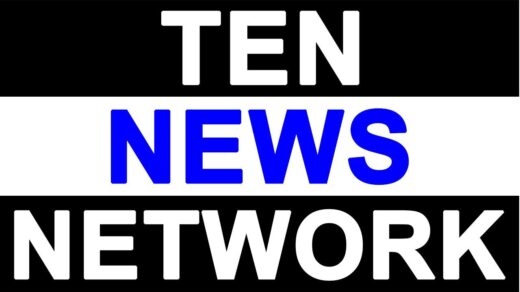Narendra Modi and economists have put their heads together yet again to come up with a major reform change in the financial rules of the country.
After switching to the new indirect tax regime of the GST, the Narendra Modi government has formed a task force to draft a new Direct Tax law to meet the changing economic needs of the country. The Task Force in the next six months will submit its report to the government on how to fix the more-than-50-year-old Income Tax Act, 1961. While, simplification and better administration of the law are major reforms that India needs, according to economists; some even suggest going for a flat tax system or lower tax system.
Surjit Bhalla, a member of PMEAC, in an article co-authored with Arvind Virmani this January, advocated for flat tax system at 12%, saying it would be appealing even for a tax-shy Indian, and estimated that the compliance rate will increase by eight percentage points to 33%. The classic case of the flat tax system is of Hong Kong and Russia.
One of the poorest country during the World War II, Hong Kong adopted a flat tax in 1947 which led to higher compliance and dramatic economic growth. Moreover, instead of imposing a progressive tax scheme, it gives it as an option to its citizen. Prime Minister Narendra Modi, while addressing tax administrators at Rajasva Gyan Sangam this June cited the example of “Give it up” initiative for voluntarily giving up gas subsidy, saying that the tax base too could be increased significantly, provided the tax administrators can demonstrate the leadership to bring about a change.
The second best case of high compliance and a flat rate is that of Russia.










